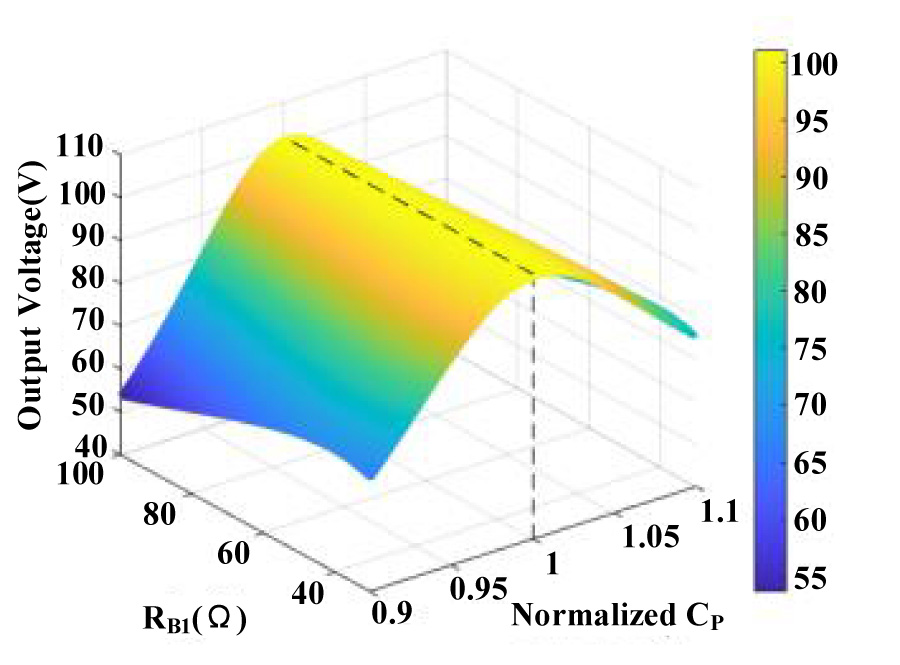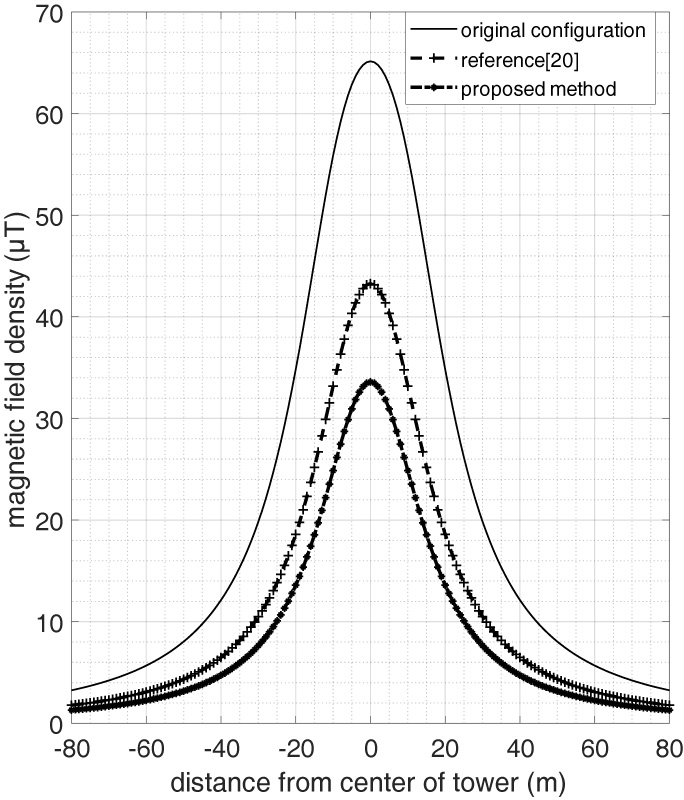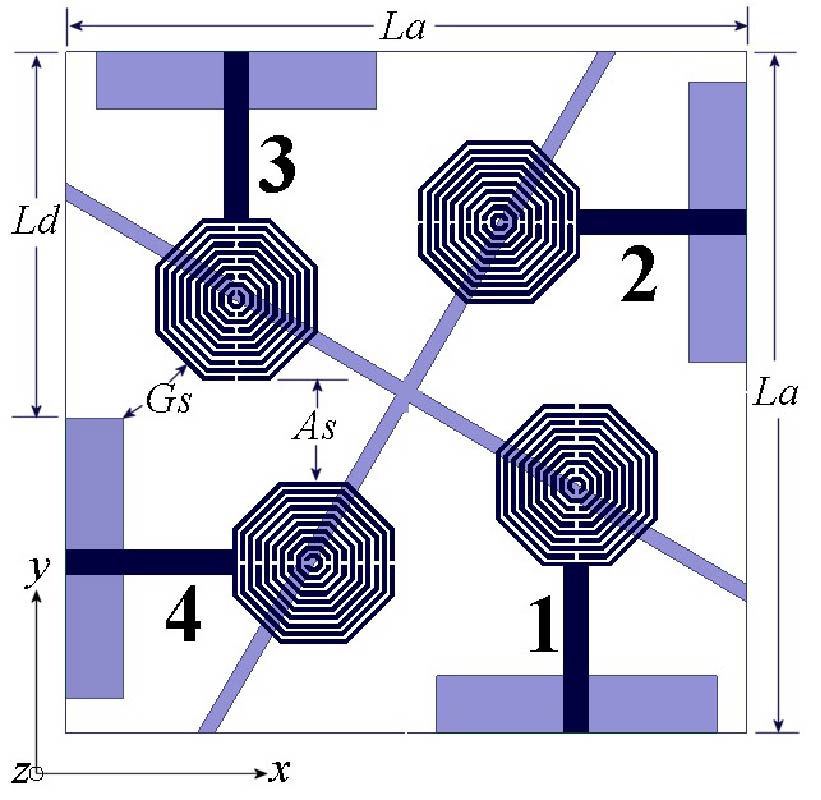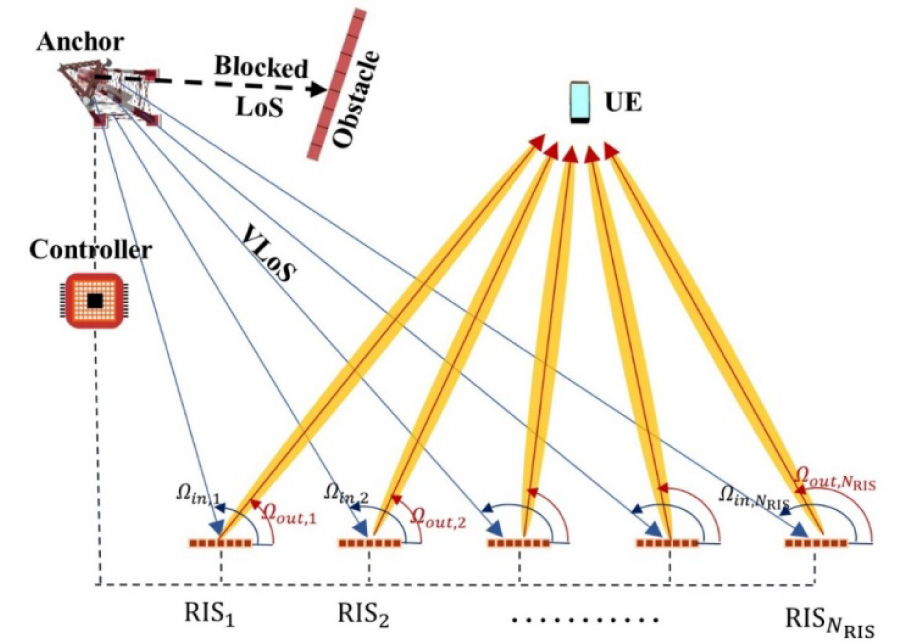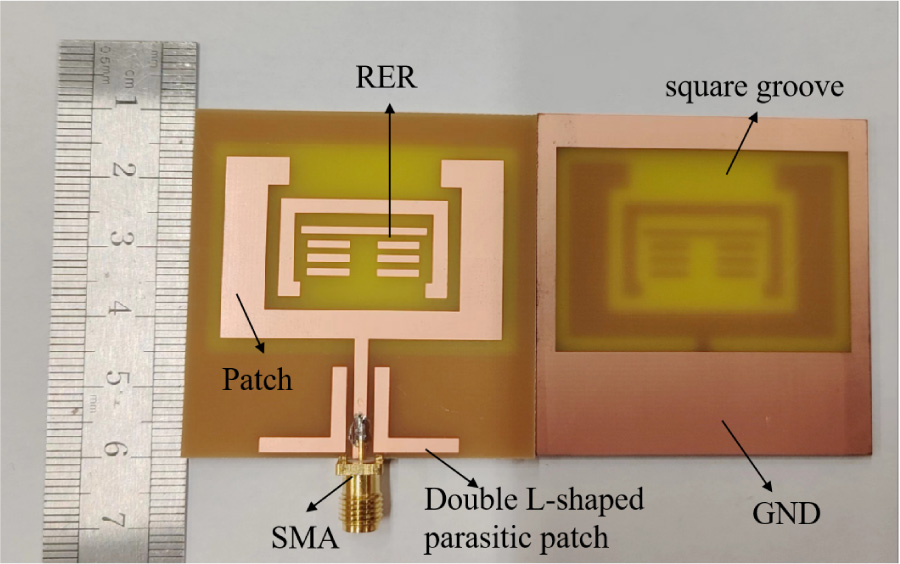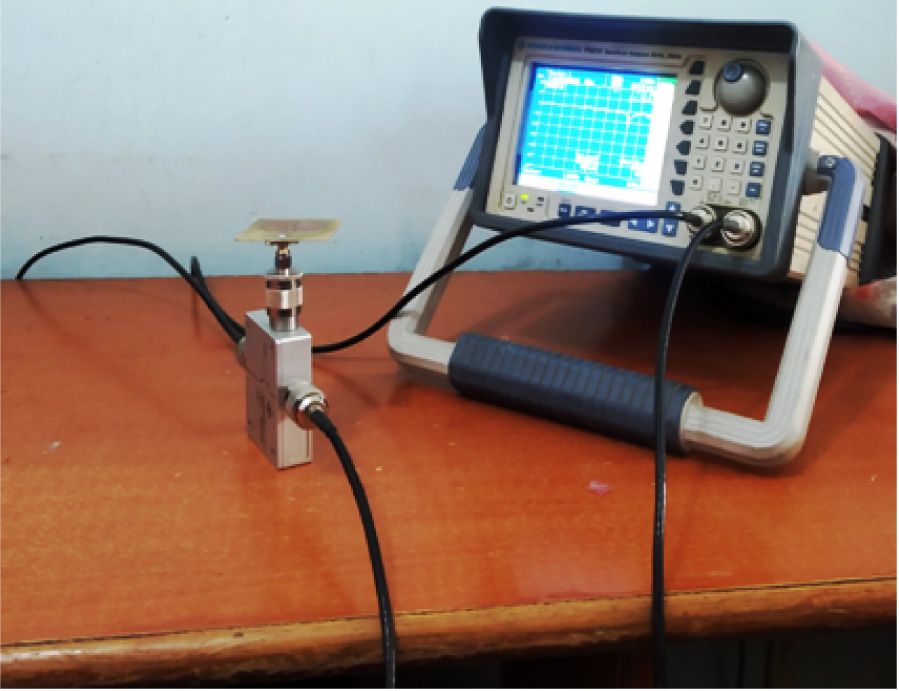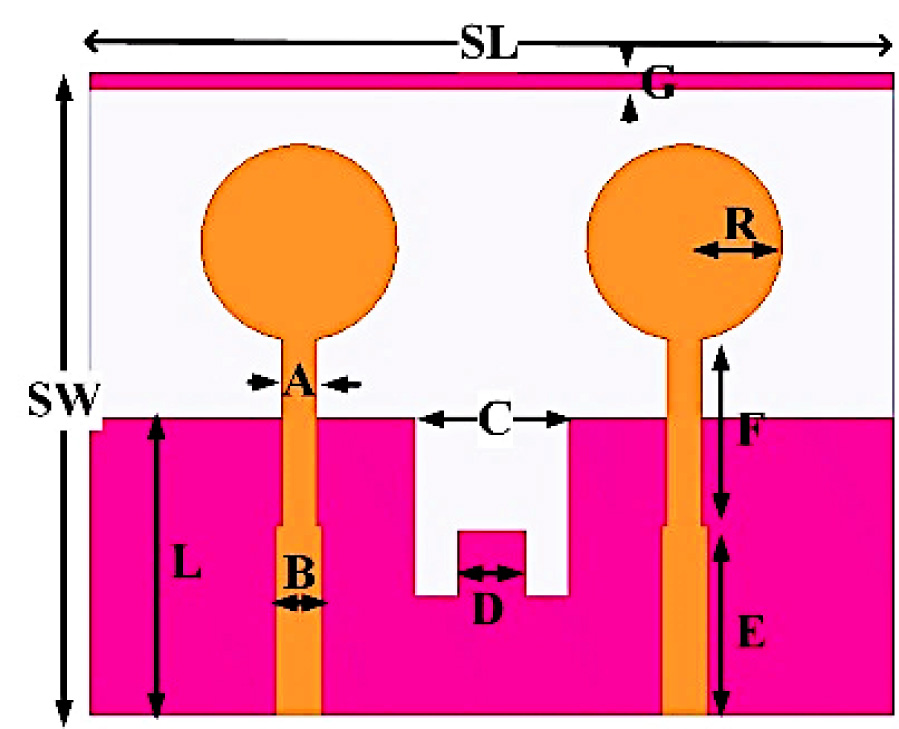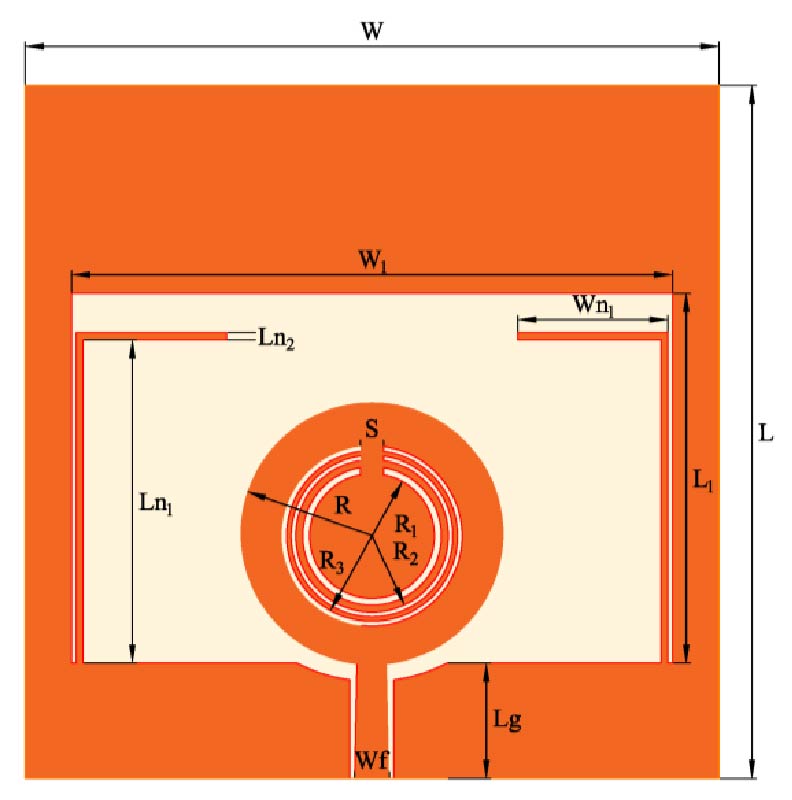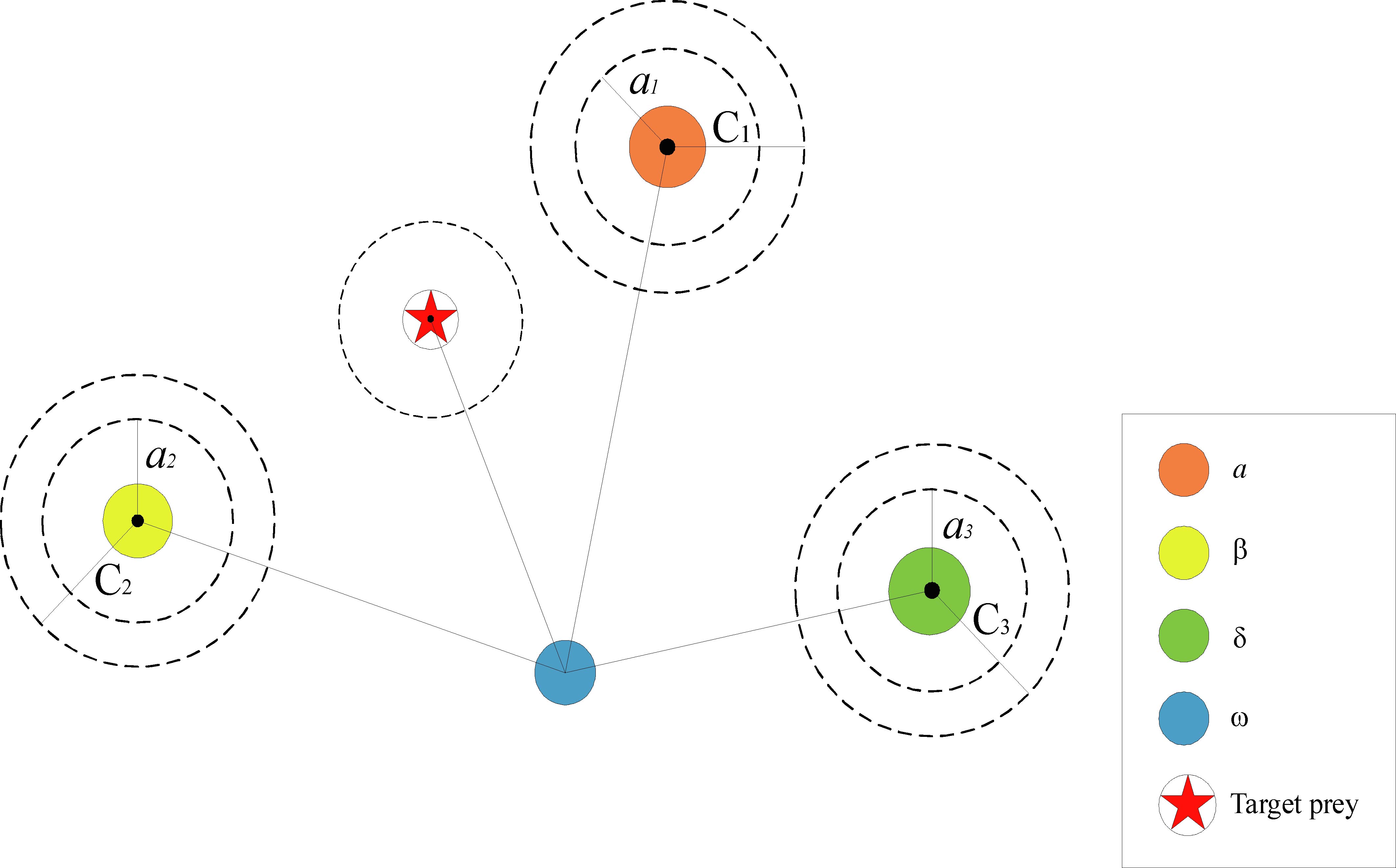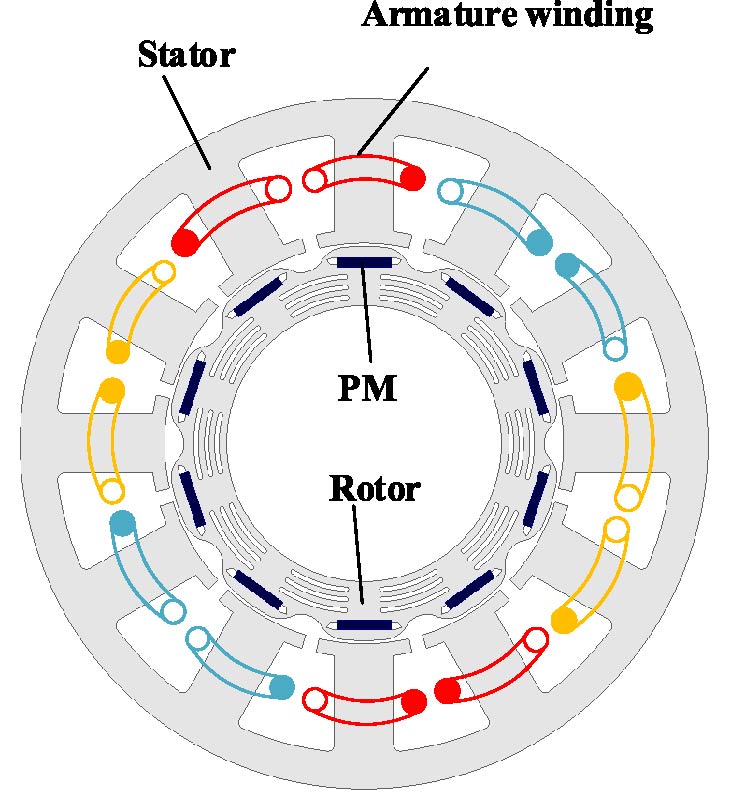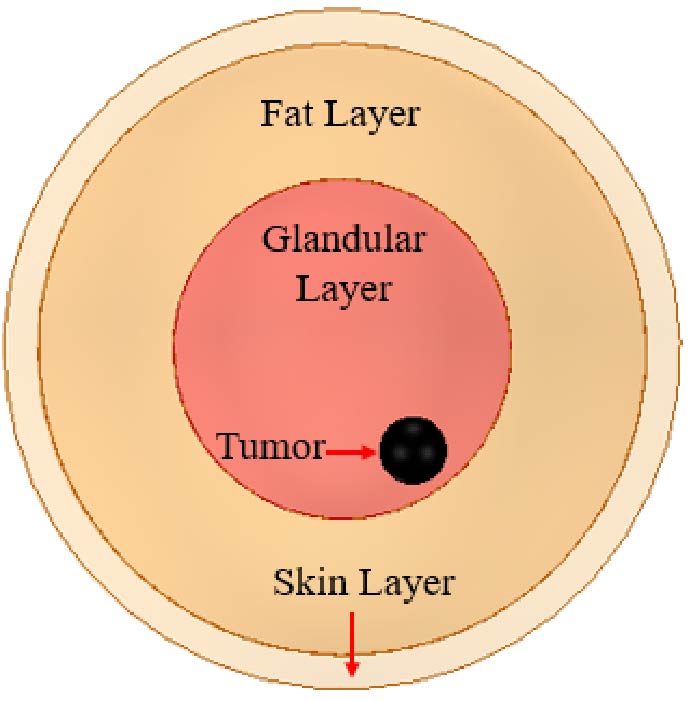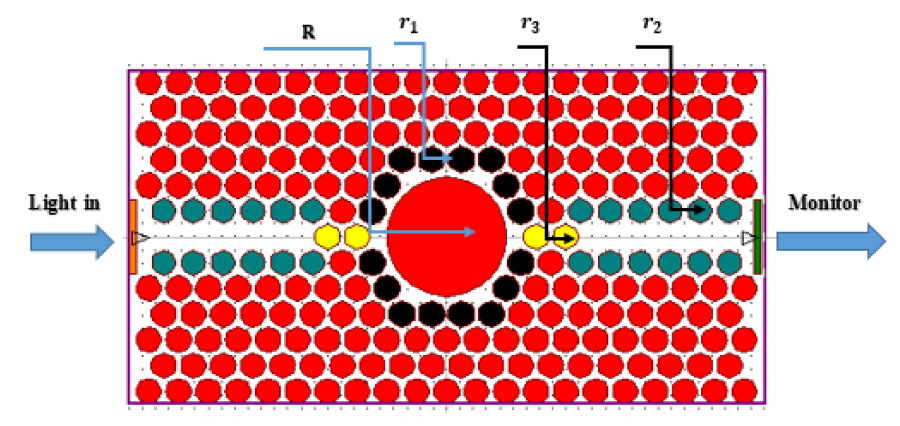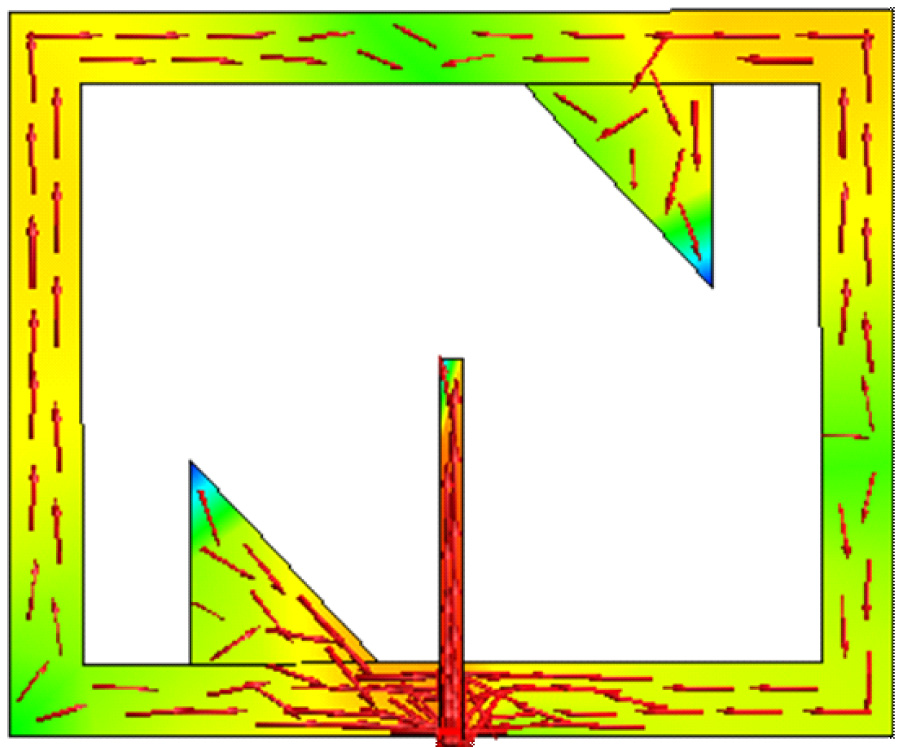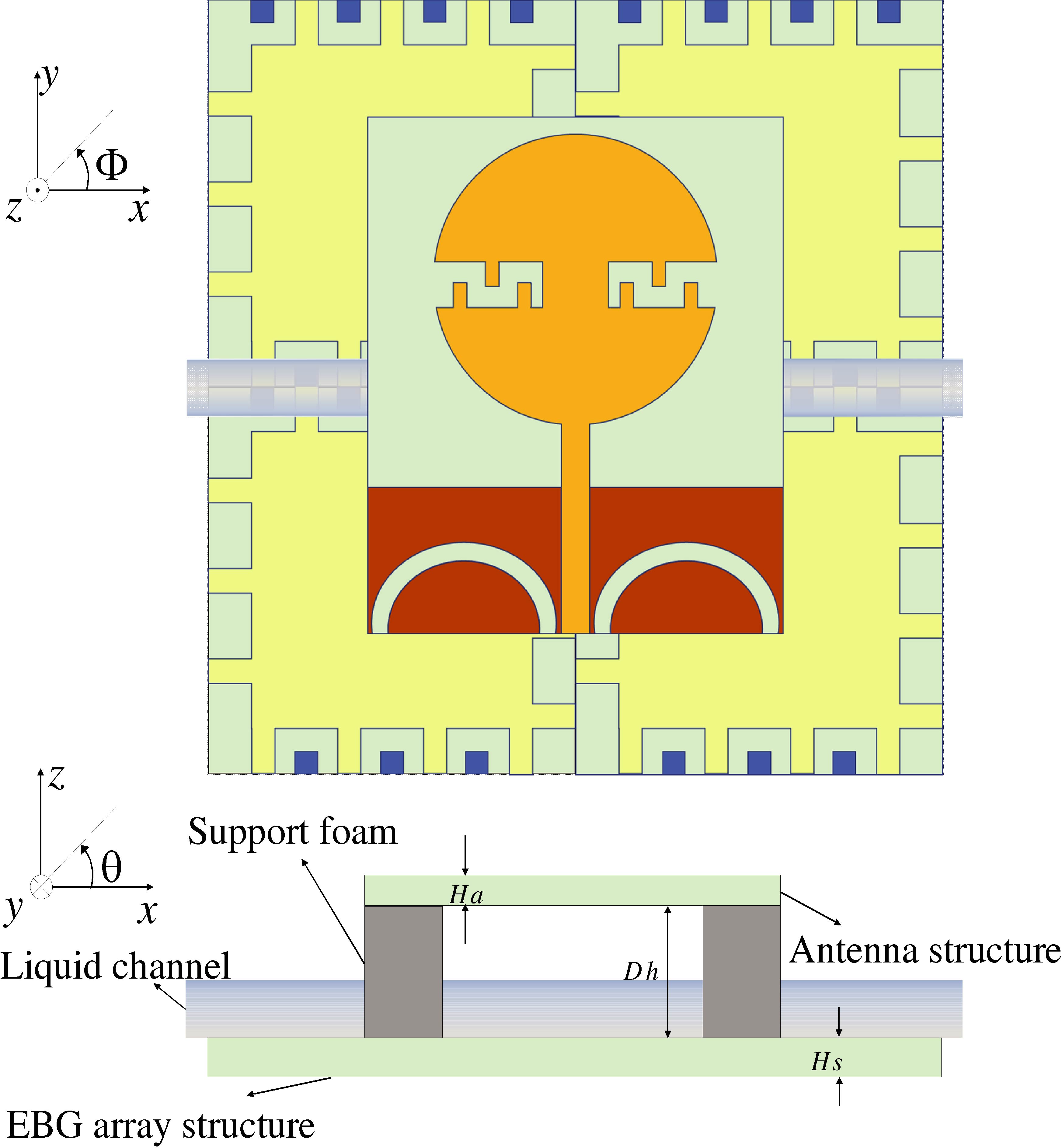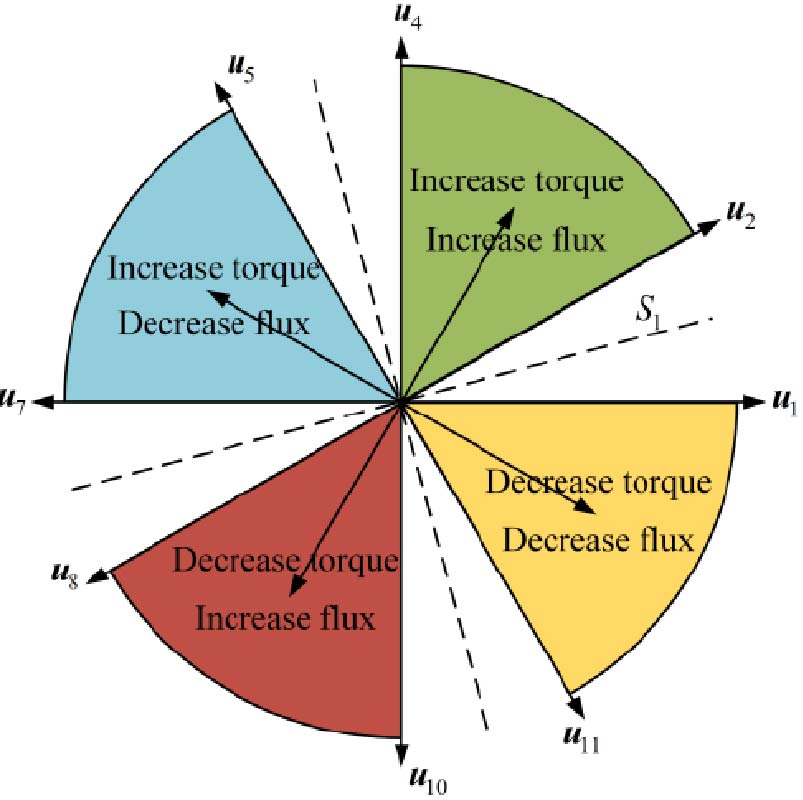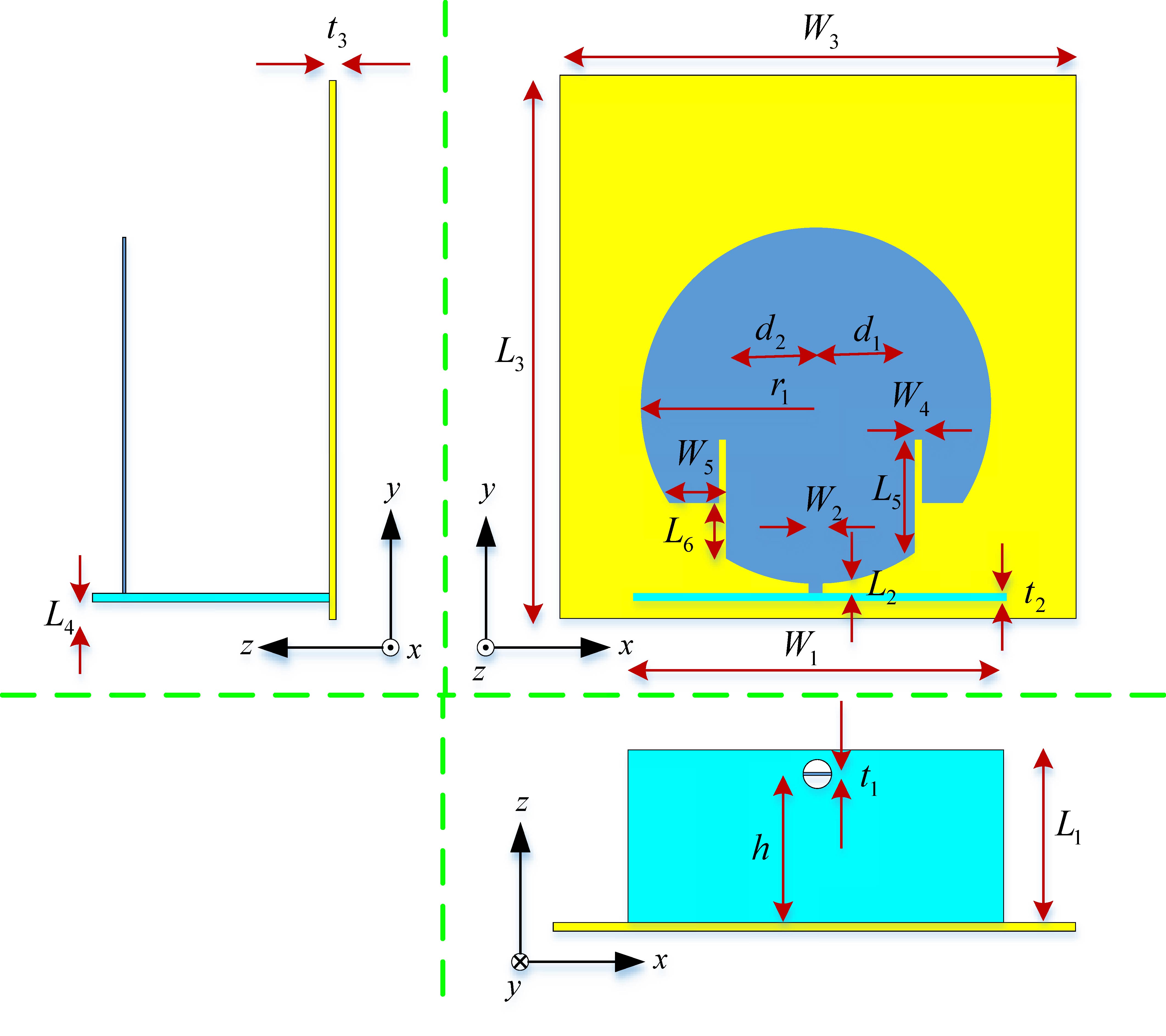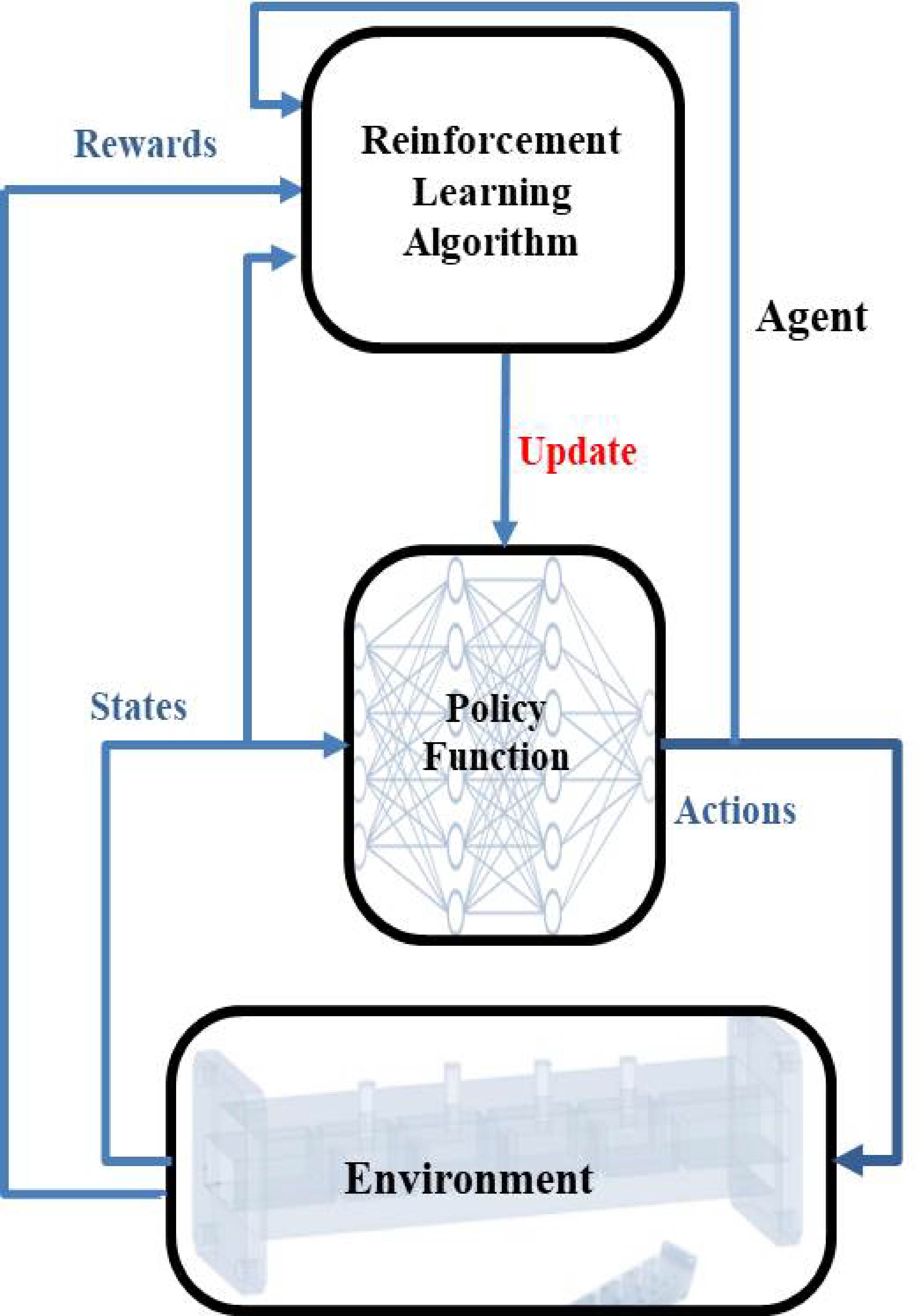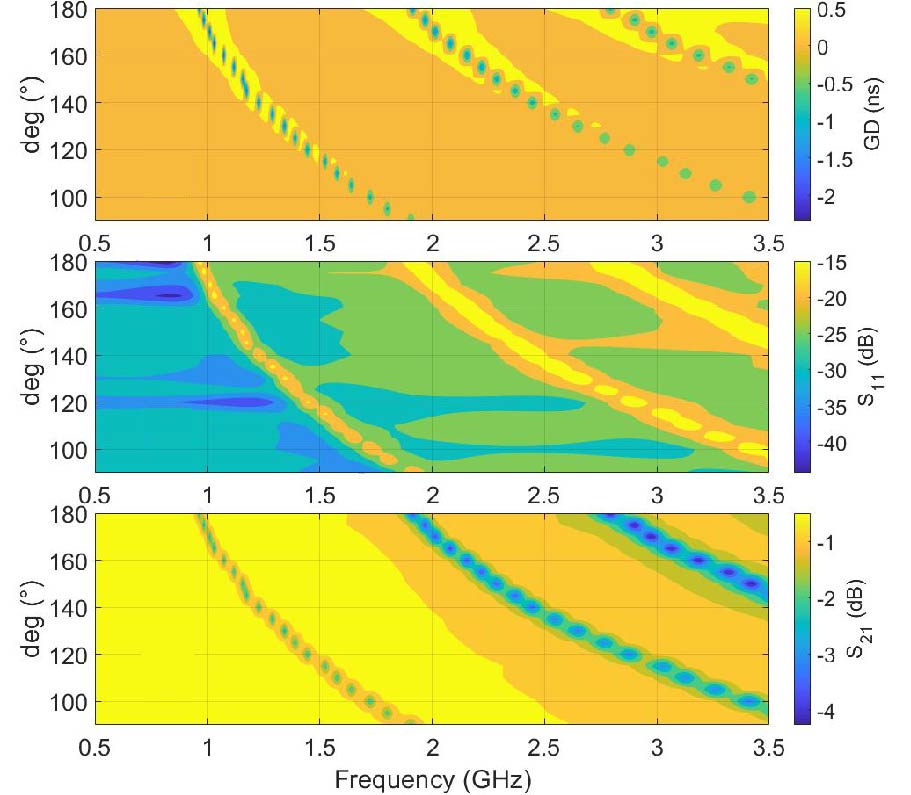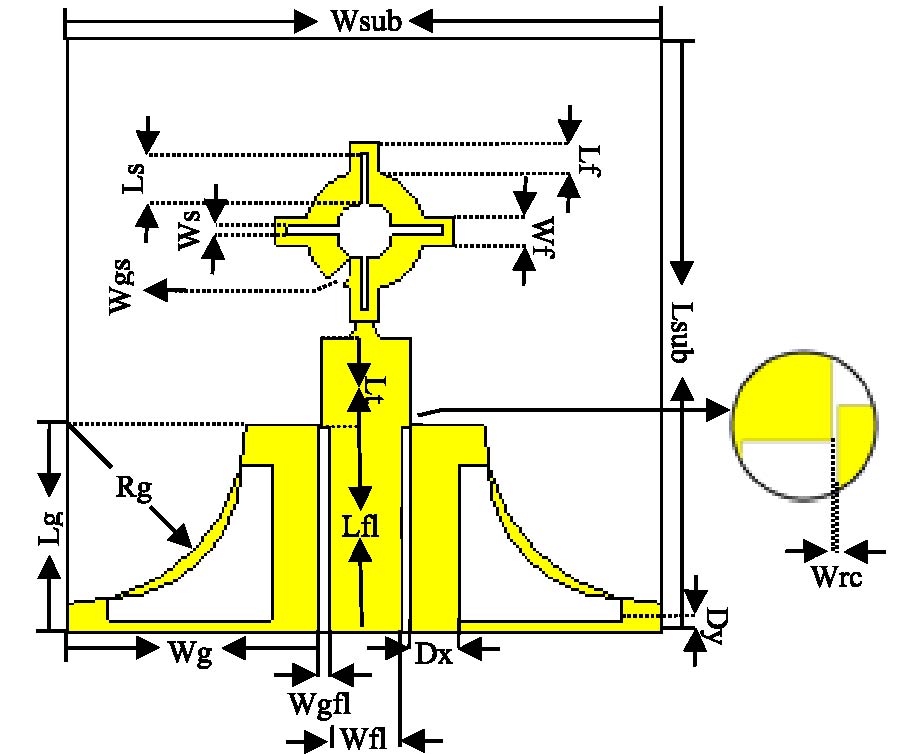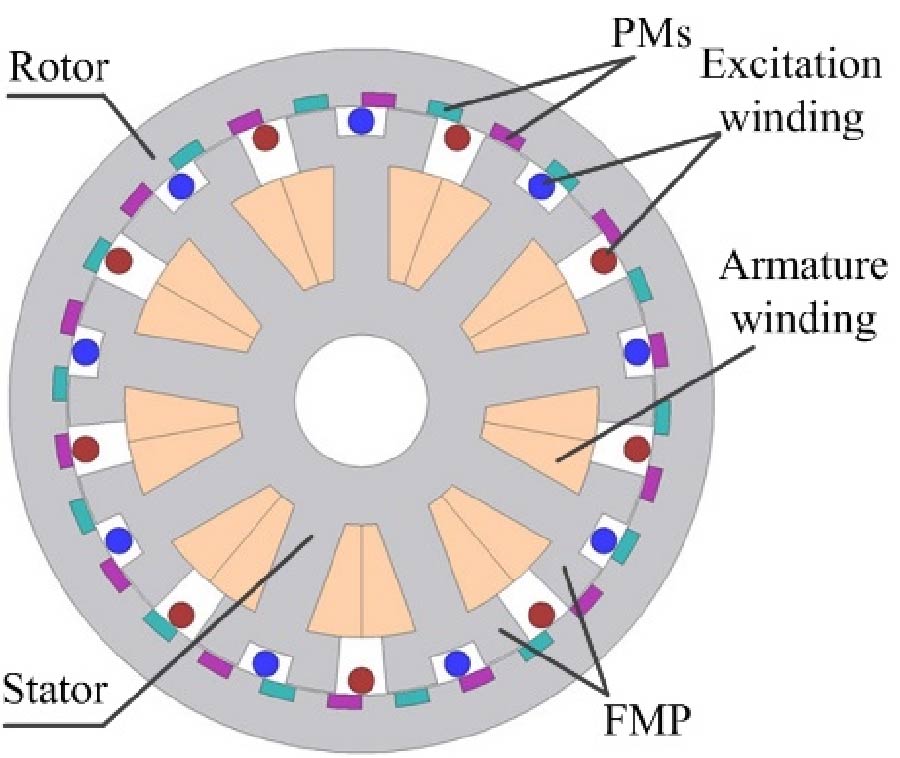Electromagnetic Characteristic Analysis and Optimization of a Novel Reverse Salient PMSM for Wide Speed Range
Ruipan Lu,
Zhangqi Liu,
Xiping Liu,
Jianwei Liang,
Weiliang Wu and
Wenrui Wang
To address the issues associated with the conventional permanent magnet synchronous machine, particularly difficulties in adjusting the air-gap flux barrier and the limited range of constant power speed regulation, this paper introduces a novel approach. It combines the intensifying-flux effect with the permanent magnet synchronous machine to propose a new design known as the reverse salient permanent magnet synchronous machine (RS-PMSM) with a multilayered flux barrier. This innovation serves to enhance the working performance of the permanent magnets. The paper's structure includes an initial introduction to the RS-PMSM, outlining its structure and operational principles. Following this, an optimization approach employing NSGA-II is used to define the RS-PMSM's optimization model. The objectives of this optimization encompass torque, torque ripple, and the reverse salient pole ratio. The study then proceeds to conduct a comprehensive set of performance analyses and comparisons, involving the initial machine, the optimized machine, and a conventional machine. The performance metrics considered include no-load air-gap flux density, reverse electromotive force, torque characteristics, speed range, and efficiency. Finally, the study verifies the design rationality of the RS-PMSM, highlighting its potential to address the challenges posed by traditional permanent magnet synchronous motors.
